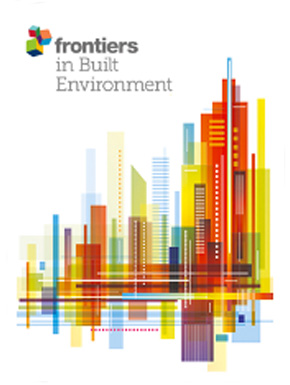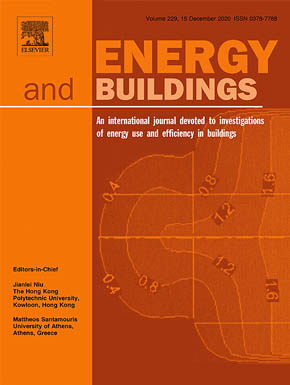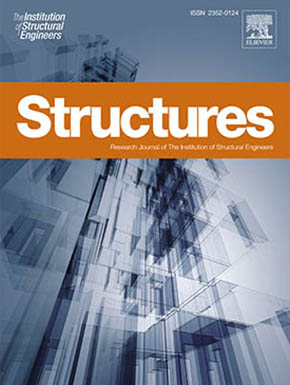Design from reuse: stock-constrained structural optimization
This research proposes a new computational methodology to design low-environmental-impact structures through component reuse.
Construction of load-bearing systems requires resource- and energy-intensive processes that contribute to a significant share of adverse environmental impacts (EI) worldwide. Population growth, densification, and transformation of urban areas will lead to demolition and new construction of buildings and infrastructure. In line with circular economy principles, the existing building stock could be thought of as a large source of available construction materials. In this context, an effective strategy to reduce structures EI is to reuse components over multiple service cycles, which avoids the use of material resources, reduces energy for reprocessing, and waste production. A design process that enables reuse is fundamentally different from conventional practice: design through reuse is an inverse process whereby the structure layout (topology and geometry) is a result of available component characteristics such as element cross-sections and lengths.
The main contribution of this research is in the formulation of discrete structural optimization techniques to design spatial trusses and frames that make the best use of a stock of reclaimed structural elements i.e. design from reuse. The objective is minimization of EI through optimization of stock element assignment in combination with structural topology and geometry optimization subject to typical strength and deflection requirements. The structure EI is quantified through Life Cycle Assessment (LCA) which includes process impacts for building deconstruction, reconditioning, and transport of reclaimed elements. Stock-element assignment and topology optimization is formulated as a Mixed-Integer Linear Programming problem that produces global optima, and thus it enables a rigorous benchmarking between solutions that are obtained by varying stock compositions and LCA parameters. Geometry optimization is carried out in sequence with assignment and topology optimization to reduce further EI by minimizing cut-off waste.
Availability of reclaimed structural elements depends on spatial and temporal constraints such as the occurrence of ongoing and recent deconstructions. This methodology has been applied to the design of typical engineering structures including roof trusses and multi-story building frames subject to realistic stocks inventoried from deconstructed buildings. Results have shown that:
-
Solutions made from reused steel elements achieve up to 60% EI reduction compared to minimum-weight solutions made of recycled steel elements.
-
Long transport distances for reclaimed elements are only marginally important, whereas machine operation during deconstruction has a significant influence on EI.
-
Combination of reuse and new elements leads to structures of least EI.
Acknowledgments
Gennaro Senatore has co-directed this research in collaboration with Structural Xploration Lab (SXL) of Swiss Federal Institute of Technology (EPFL).
Team:
Jan Brütting (PhD student), Corentin Fivet (Director), Gennaro Senatore (Director) | Swiss Federal Institute of Technology (EPFL)
Publications
Related Projects












